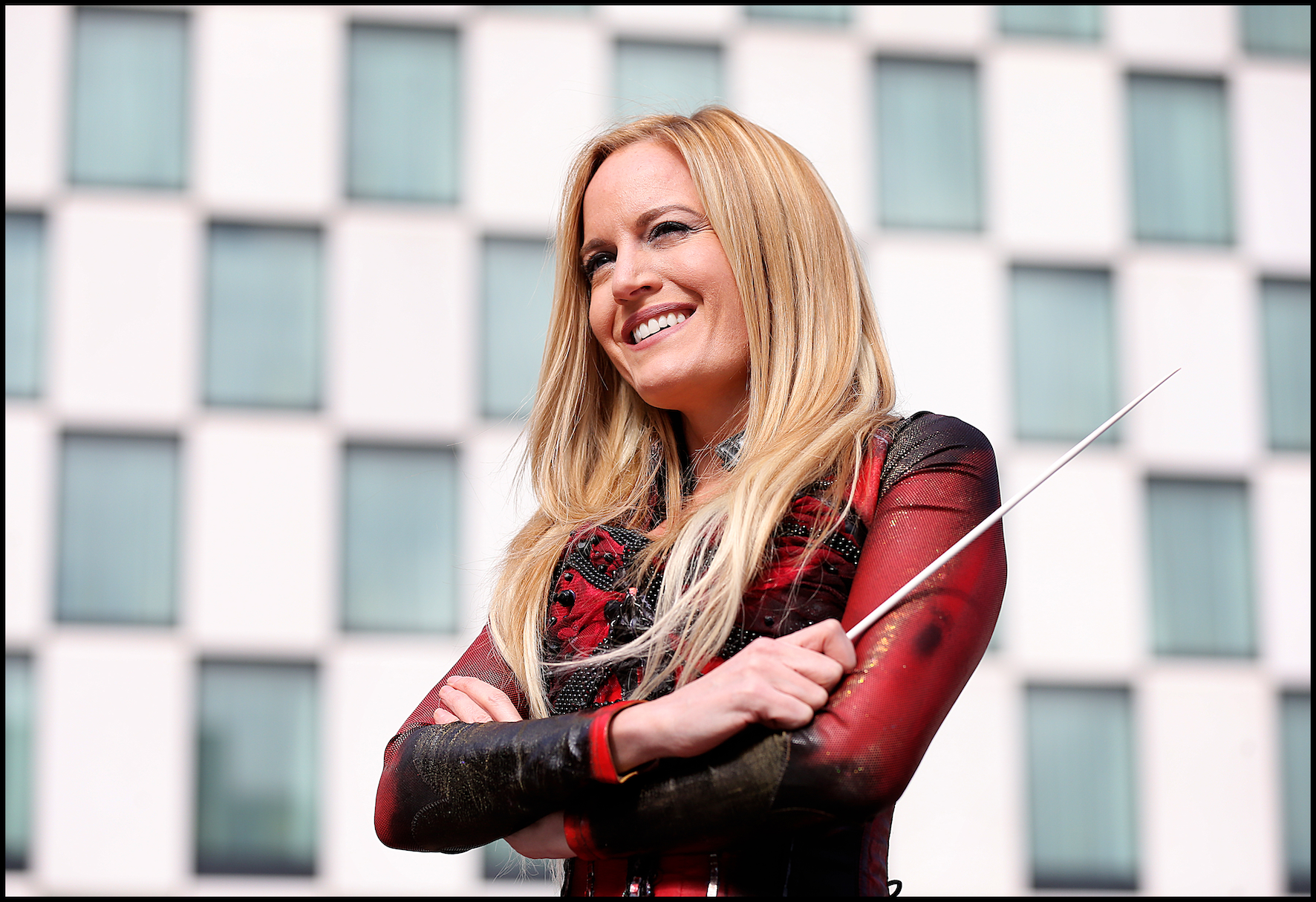WOMEN OVER 40 ARE MOST LIKELY TO ASK YOU OUT ON A DATE

The dating game is notoriously difficult to navigate but, worry not, there’s good news on the horizon!
A staggering 66% of women aged 40 and over are more likely to make that first move and ask someone out on a date now than when they were younger, according to new research revealed today1.
The study by expert spa skincare brand fenjal to mark its 60th anniversary, found that for most women, confidence increases with age.
And that means for those who might feel nervous about asking someone out on a date there’s a good chance that if she likes you, she’ll do the asking!
Three-quarters of women over 40 claim they feel more confident now than when they were younger, with over one in four participants (26%) naming forties as the age they felt their most confident, with thirties coming in second (21%) and twenties following closely behind (20%).
Respondents aged 40 and over were also quizzed on the exact words of wisdom they wish they could pass down to their younger self. The number one piece of advice was to “believe in yourself” (40%), followed by “learn to say no” (39%) and “save money” (38%).
Over a third of consumers (31%) also said that taking care of their skin would be something they wish they could tell their younger self, as a daily skincare routine is important to follow when growing older.
Joanne Ward, Commercial Manager for fenjal, said: “Ageing is an unavoidable part of life, but it does come with perks. Positivity and increased wisdom all rolled together with an extra sprinkle of bravado – and it’s not something we should shy away from talking about.
“fenjal is proud to celebrate women of all ages, so it’s extremely heart-warming to see that women in their forties feel they are at their most confident.
“The research clearly shows that there is nothing shameful about ageing – it’s something we should all embrace but growing up is definitely optional!”
To mark its 60th anniversary, fenjal has launched a ‘Message on a bottle’ campaign, consisting of power of positivity messages printed across a limited supply of its iconic Crème Bath Oil, available to purchase via fenjal’s website here: https://fenjal.co.uk/product/fenjal-classic-creme-bath-oil-200ml-copy/






